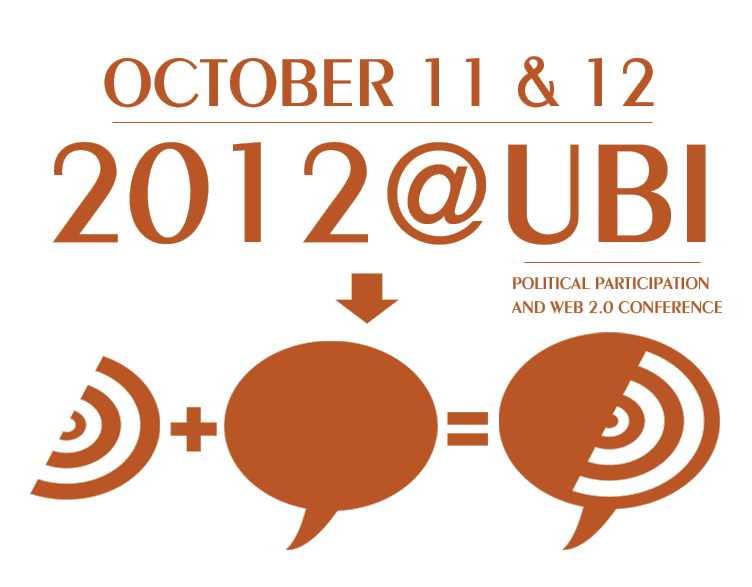Political Participation and Web 2.0
There is in fact no consensus regarding the potentialities of the Internet and, in particular, its Web 2.0 version for the strengthening of the citizens’ political participation and – by extension – of democracy itself. Nonetheless, this “new medium” has become the cornerstone of the communication strategies of both political parties and their candidates. Contrary to the “normalization thesis”, several authors have stressed the novelty, as well as the potential for democracy enhancement, of the political parties’ communication on the Internet, which can be skilfully used as a tool for building political trust, reinforcing pluralism and heightening citizens’ participation, not to mention the benefits to “horizontal communication”, central to civic interaction.







